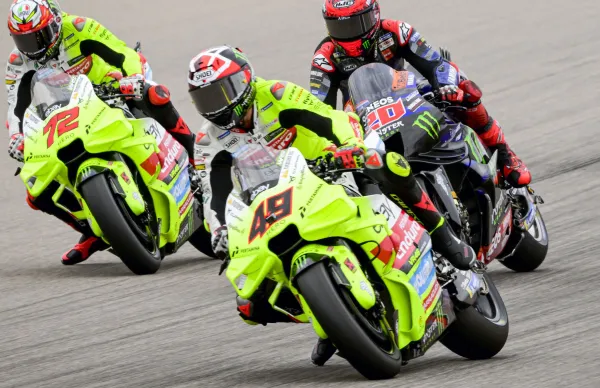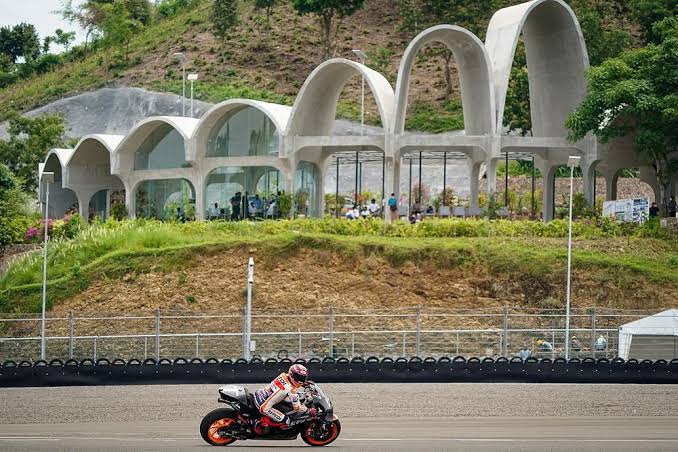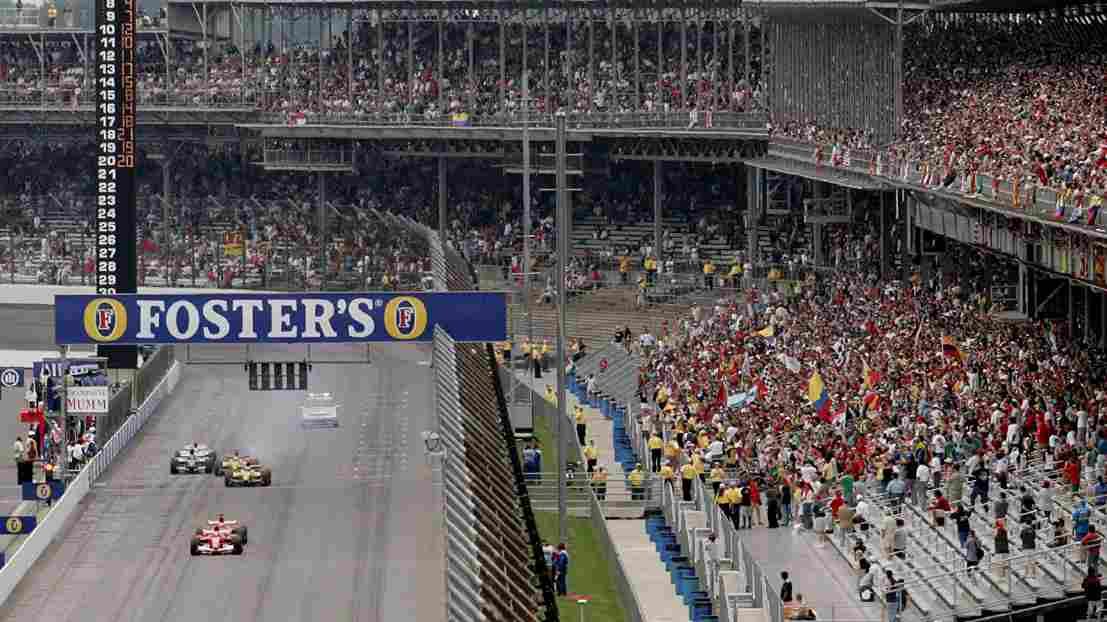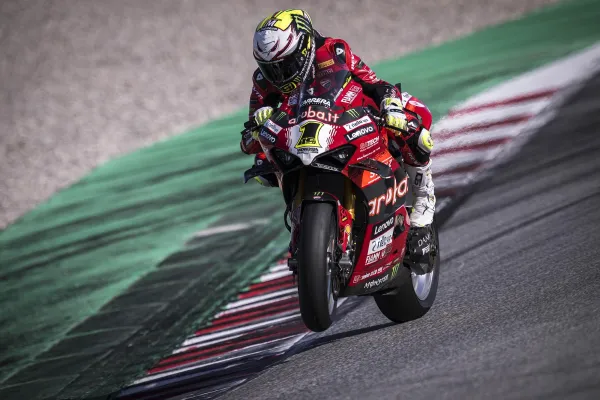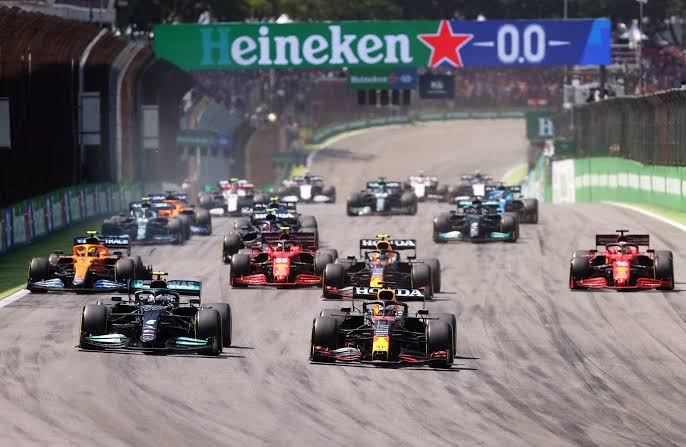From Jaguar to F1: Tracing Ford’s Legacy and Its Modern-Day Revival
Ford Motor Company is a sweeping epic that extends well into its second century, characterized by innovation, cutthroat competition, and its indelible mark on the automotive industry. From its innovative introduction of mass manufacturing to its modern-day resurgence in motorsports, particularly Formula 1 (F1), Ford’s history is a compelling saga of ambition, setbacks, and determination. The history of Ford is traced here, its big-budget venture into F1 through Jaguar Racing, lessons learned along the process, and its tactical resurgence into Formula 1 racing, pursuing a greener, technologically advanced tomorrow.
The Dawn of an Automotive Empire: The Initial Years of Ford Motor Company
Founding and Revolutionary Innovations
Ford Motor Company was started by visionary business leader Henry Ford along with a group of astute investors in 1903. The company was not only another player in the budding automotive industry but also a disrupter. Ford disrupted the market by launching the Model T in 1908, which went on to become the first affordable vehicle for the people. The use of the movable assembly line, implemented by Ford in 1913, made this possible. The innovative manufacturing process dramatically reduced manufacturing time and expense, making vehicle ownership possible for millions of Americans and creating a new standard of industrial productivity around the globe.
Expansion, Global Reach, and Market Leadership
Throughout the early 20th century, Ford experienced unrivaled expansion and growth. By 1906, it had expanded to America’s largest automotive manufacturing company, a testament to its innovative business strategies and product popularity. The Rouge Complex opening of 1917 marked a pivotal point of Ford’s manufacturing power. The gargantuan industrial complex allowed integrated manufacturing where raw materials entered through one entrance and finished products exited through another, reflective of Ford’s focus on keeping control of each manufacturing stage.
Navigating Challenges: Workplace Relations and Compete
Despite its great success, Ford encountered great challenges, including union disputes and increasing market competition. The introduction of the $5 daily wage in 1914 was a drastic measure that sought to enhance employees’ job satisfaction and productivity levels. It also brought out the underlying tensions between management and employees that were to remain throughout its history. With other automotive producers emerging and developing, Ford had to constantly modify its strategies to retain its market domination.
The Jaguar Racing Chapter: A Bold Foray into Formula 1
Acquisition of Stewart Grand Prix: The stage is set.
In June of 1999, Ford went big on Formula 1 by acquiring Stewart Grand Prix, a racing outfit formed by Formula 1 World Championship three-time winner Jackie Stewart. The company was rebranded Jaguar Racing by Ford, signaling its intentions to make its presence felt and make its stamp on F1 racing. The acquisition was part of a broader initiative by Ford to tap its automotive expertise, technological resources, and financial clout on motorsport’s big-stakes terrain.
Ambitions, Investments, and Initial Hopes
Ford’s ambitions were ambitious for Jaguar Racing. The company committed sizeable resources, estimated to have totaled around £500 million over five years, to its endeavor to turn the team into a top-level operation. The aim was not merely to make Jaguar’s name heard on the worldwide stage but also to develop cutting-edge technologies that would trickle through to its road-going products sometime in the future.
Performance Struggles and Managerial Instability
Jaguar Racing’s eight-year F1 stint, 2000-2004, was characterized by internal conflict, poor on-the-track performances, and disappointing non-achievement of its expected high levels of success right from its very inception. Despite making sizeable financial investments, Jaguar Racing never produced sustained on-the-track performances. Jaguar Racing only had seventh-place placements in the Constructors’ Championship on three occasions but never had any wins or even frequent podium finishes to its credit.
One of its biggest issues was management people movement. The lack of stability here deterred the group from developing a clear long-term vision or building a consistently fast car. The succession of principals and technical directors brought changing attitudes and ideas, resulting in no continuity and deterring the process of building up the car.
Underperforming Cars and Technological Hurdles
Jaguar Racing also had its share of technological troubles of its own. The cars were perennially plagued by reliability issues and poor aerodynamics. The company had issues developing a power unit that competed on par with industry powerhouses Ferrari and Mercedes-Benz. Despite wind tunnel simulation tests and advanced engineering being utilized to attempt to make up ground, Jaguar Racing never came within striking distance of reaching the top of the grid.
The End of the Line: Leaving Formula 1
By the end of its season of 2004, Ford had made the tactical decision to sell Jaguar Racing to Red Bull for a token £1, closing out its active F1 role. The decision followed mounting financial losses combined with acknowledgment that Jaguar F1 had not produced returns that had been expected of it. Ford concluded that its resources were better invested elsewhere within its company.
The Jaguar Racing Legacy: Lost Opportunities and Lessons
A Cautionary Note on Returns vs. Investment
The failure of Jaguar Racing had a lasting effect on Ford’s motorsport reputation. It acted as a cautionary experience regarding F1 racing’s complications, especially concerning investing, operational management, and how corporate culture can meet the peculiarities of racing team requirements.
High-Profile Failure and Public Perception
In retrospect, most F1 commentators and pundits view Jaguar’s F1 adventure as having been one of F1 history’s most headline-stealing disasters. With the investments that were sunk into it, along with Jaguar’s hallowed name, no success of the kind that had been promised happened. The experience went on to reinforce that there is no replacement for clear planning, good management, and technological parity on track.
Lingering Questions and What-If Scenarios
The Jaguar Racing era also created lingering what-ifs of what could have been accomplished. Some speculated that if there had been more patient and sustained management, the team might have eventually been able to reverse its fortunes. Others called it the built-in challenge of integrating a luxury automotive company into the cutthroat business of Formula 1.
Modern-Day Revival: Ford Returns to Formula 1 Circuit with New Vision
A Shift of Direction: Sustainable Racing and Technological Progress
In recent history, Ford has announced its Formula 1 return, signaling its significant change of motorsport strategy. The return is part of its overall motorsport strategy of sustainability, cutting-edge technology, and leveraging F1’s worldwide stage to prove its technological prowess.
Alignment with Global Trends: Electrification and Sustainability
Ford’s re-entry into Formula 1 is part of wider trends of environmental responsibility and electrification throughout motorsport. With greater awareness of climate change and demands for greener means of mobility, F1 is also jumping on the trend of hybrid technology and alternative fuels. Ford is set to lead here, using F1 as a testbed for its next-gen electric vehicle tech.
Collaboration with Red Bull Racing: A Strategic Partnership
Ford’s return to Formula 1 is marked by its strategic partnership with Red Bull Racing from season 2026 on. The partnership is expected to leverage Ford’s technological expertise, particularly its know-how of hybrid and electric powertrains, while leveraging Red Bull’s well-established racing environment and track history of success within F1.
Synergies and Mutual Benefits
The partnership is also seen as a vehicle through which Ford can redeem its earlier setbacks and make meaningful contributions to modern F1 racing. With its linkup with Red Bull, Ford gets itself a very experienced and well-funded team, increasing its chances of achieving competitive results. The alliance also helps Red Bull through Ford’s technological expertise and global popularity.
Focus on Power Unit Development.
Ford is poised to partner with Red Bull Powertrains to co-develop next-generation hybrid power units that will power F1 racing by 2026. It will share its know-how in battery technology, motors, and control electronics. The objective is to make power units that are potent but also very efficient and sustainable.
Technological Innovation and Know-How
Spreading The modern F1 environment is that of hybrid technology and sustainability, where Ford is poised to make its stamp. With developing technology on electric vehicles playing increasingly key roles within motorsport, Ford’s experience here is well-placed to make its stamp. The learnings and technologies developed through F1 can also translate through to Ford’s road vehicle programs, taking its road vehicle programs along much earlier on its road to making increasingly efficient and sustainable products for customers.
Conclusion
Tracing Ford’s history from its early beginnings to its turbulent relationship with Jaguar Racing to its contemporary resurgence within Formula 1 reveals that the company has continually adapted to changing conditions while seeking innovation. With Ford set to make its F1 comeback with renewed focus on sustainability and technological innovation, it stands on the edge of what will most likely redefine its motorsport history once again. This journey is also representative of corporate ambition’s peaks and valleys but of broader trends within the automotive industry toward innovation and sustainability. With its next step, Ford takes along lessons learned through its earlier success and setbacks—an important history that will inform its next ventures within Formula 1 and elsewhere. The road that stretches out is full of challenges but also possibilities, and Ford’s focus on technological innovation and sustainable racing will make its success within Formula 1’s highly competitive climate possible.








